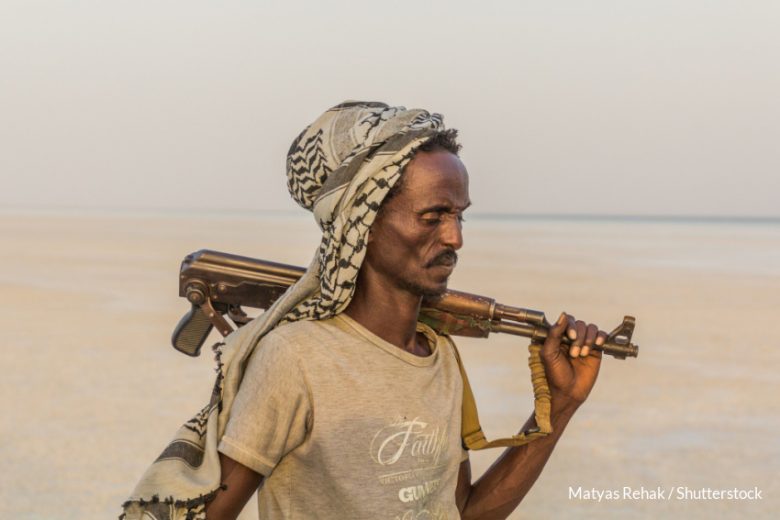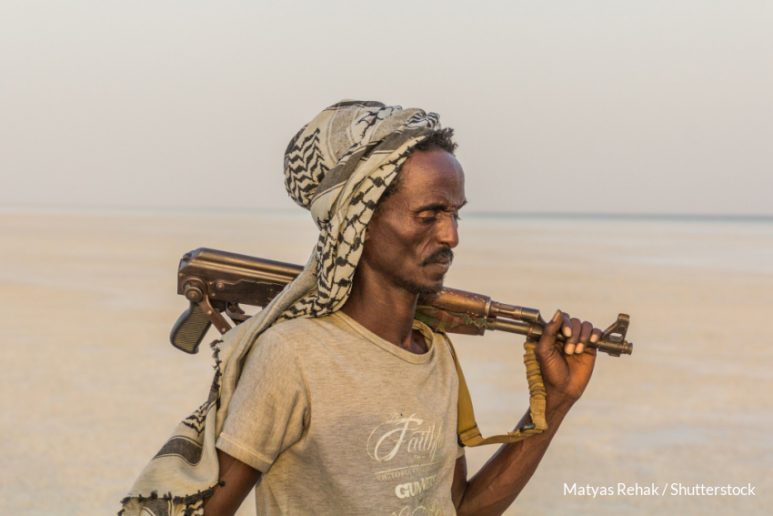By Samuel Getachew
The raging conflict in northern Ethiopia has claimed thousands of lives, displaced millions, fueled sexual violence against women and girls while pushing Ethiopia’s once booming economy to the brink of collapse.
Regrettably, this prolonged conflict has received minimal attention from the international media.

In a continent synonymous with plenty of misfortunes, the magnitude of what has been happening in Tigray and its surrounding regions of Afar and Amhara, as well as its potential to spill to other nations is a cause for concern.
Some experts worry the Ethiopian conflict is likely to trigger instability across a huge swathe of the Horn of African region like the conflicts of Somalia and South Sudan.
More worryingly, this conflict could provide fodder to cynics who have a dim view of Africa, once described as the ‘Dark Continent’ by the Economist magazine.
The strife and devastation that is synonymous with Ethiopia’s conflict whose population is heading in the upwards of 120 million is concerning to those of us who have been covering it for the past two years since the war began.
Work done by Ethiopian journalists on the ground has mainly revolved around acting as local fixers for international journalists. We have risked our lives travelling in the most dangerous places in a bid to give the Ethiopian tragedy a face, a voice, and the much-needed attention.
In Tigray, we often heard from sexual violence victims under countless trees, and others at their homes with bullets lodged into them and sobbing, but we were empathetic as we recorded their stories. We met with parents whose kids have perished with little hope to the future.
In the Amhara region, we heard from young children who echoed what was also heard in Tigray, and candidly recounted what happened to them and their family members. Young girls also shared the harrowing experiences of being victims of sexual violence; tears flowing down their faces.
In Afar, we also met civilians on the roadside in a pensive mood as the World Food Programme trucks passed by, heading to Tigray to feed the hungry and displaced.
The Afar communities regretted that their plight was given lip service by humanitarian actors adding that they felt remorseful for the descent of a once peaceful region into strife and deprivation.
In all regions, there are countless young people not able to attend school due to the unrest – the idea of education somewhat becoming a lofty dream – perhaps an illustration of the bleak future for them and their nation.
Many of the international journalists working in the region cared about their subjects and wanted to practice noble journalism. I often overheard some journalists argue with their producers from Europe about the lack of support and almost often downgraded or cut short their trips to head back home.
Nevertheless, most of these journalists were bold and risked their own lives to tell a human-interest story. They often cried with victims, offered to help when needed and asked to be connected to young victims to help tell their stories further and offer scholarships when able.
However, majority of the scribes complained about lack of funding or interest to continue to practice their craft in Ethiopia, as is the case in much of the continent, thanks to excessive power of censor and control by the private media owners.
Lack of such support often dictates how the African continent is explained by the international media, whose stories are always either twisted or explained in an incoherent manner.
Contrary to massive coverage accorded to the Ukraine-Russia conflict by the international media in recent days, the strife in Tigray region is receiving scant attention, despite its devastating impact on lives and livelihoods.
In 1984, it was Canadian journalist Brian Stewart, and BBC’s Michael Buerk and the Kenyan photographer Mohamed Amin as well as British journalist Jonathan Dimbleby among others who alerted the world of the raging Ethiopian famine.
That was what prompted community of nations and celebrities to carry out a massive fundraising campaign that helped save thousands of lives.
It was journalists as well as international media who inspired rock-stars led by Sir Bob Geldof to launch concerts and record a song, raise massive resources and force world leaders to act boldly on the Ethiopian famine complemented by the Quincy Jones record, We Are The World music that became the soundtrack of the Ethiopian famine.
These rock stars and a plethora of world leaders made the Ethiopian famine gain international attention against a backdrop of a repressive communist government that wanted to downplay or even conceal the tragedy happening at the time.
As journalism becomes a cut-throat enterprise where corporations focus on their bottom line instead of fulfilling the ideals of the profession, race will continue to influence how international media works and functions.
However, it is not fair to look at the Ukrainian and Ethiopia conflicts through mere race lenses since there are other dynamics at play including geography, global impact, local politics and culture. Corporate interests, as opposed to race is the major consideration behind downgrading of the Ethiopian conflict by the elite international media.
Photo Credit: Matyas Rehak / Shutterstock

